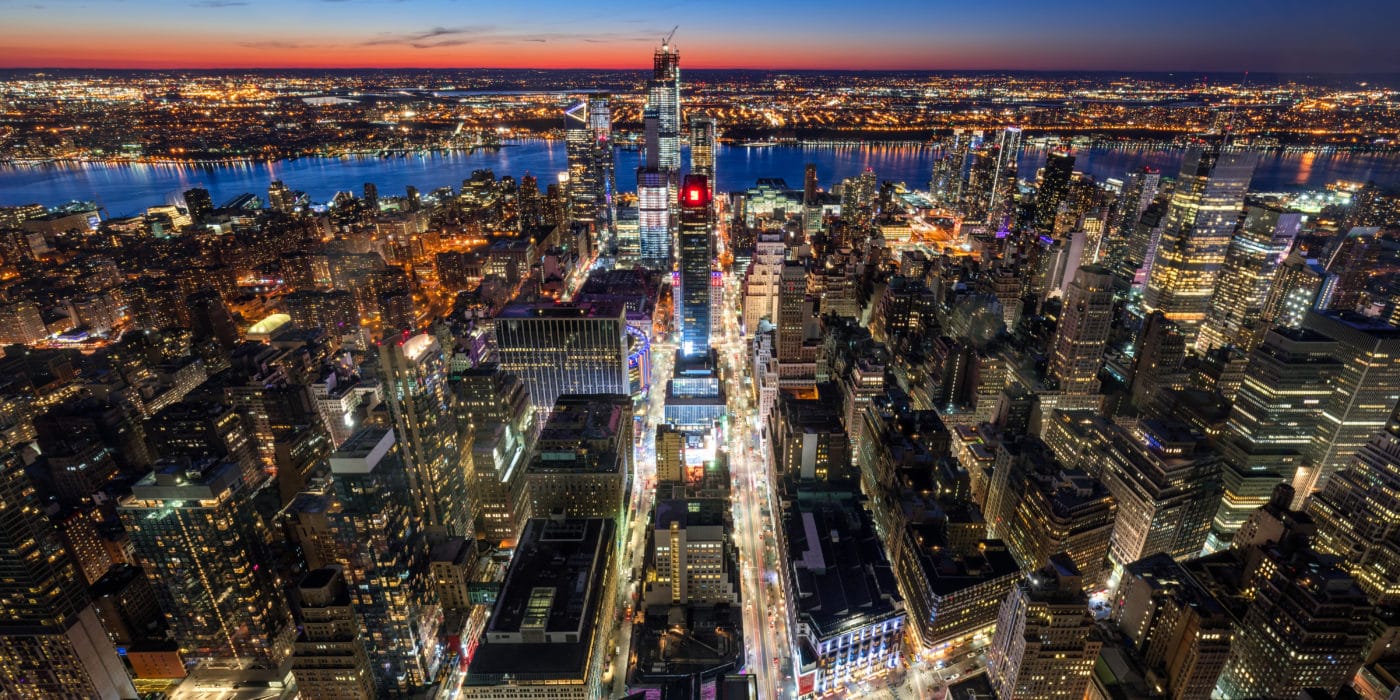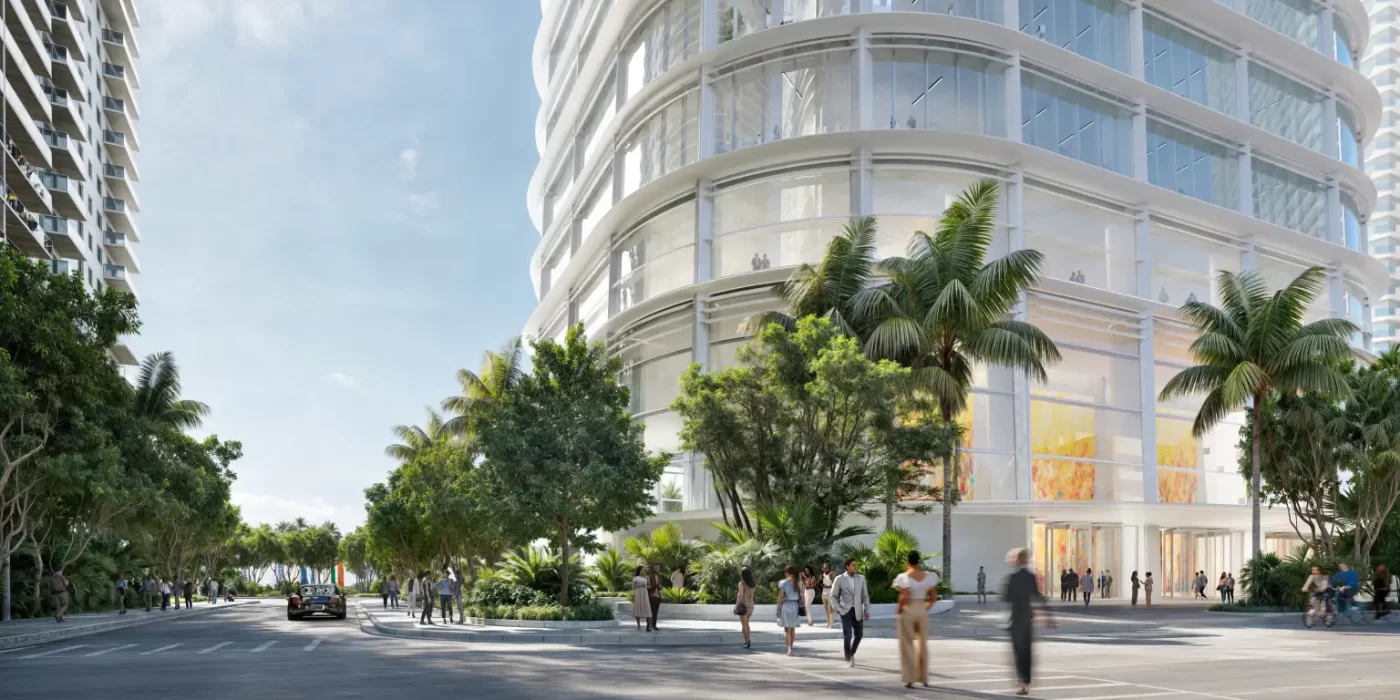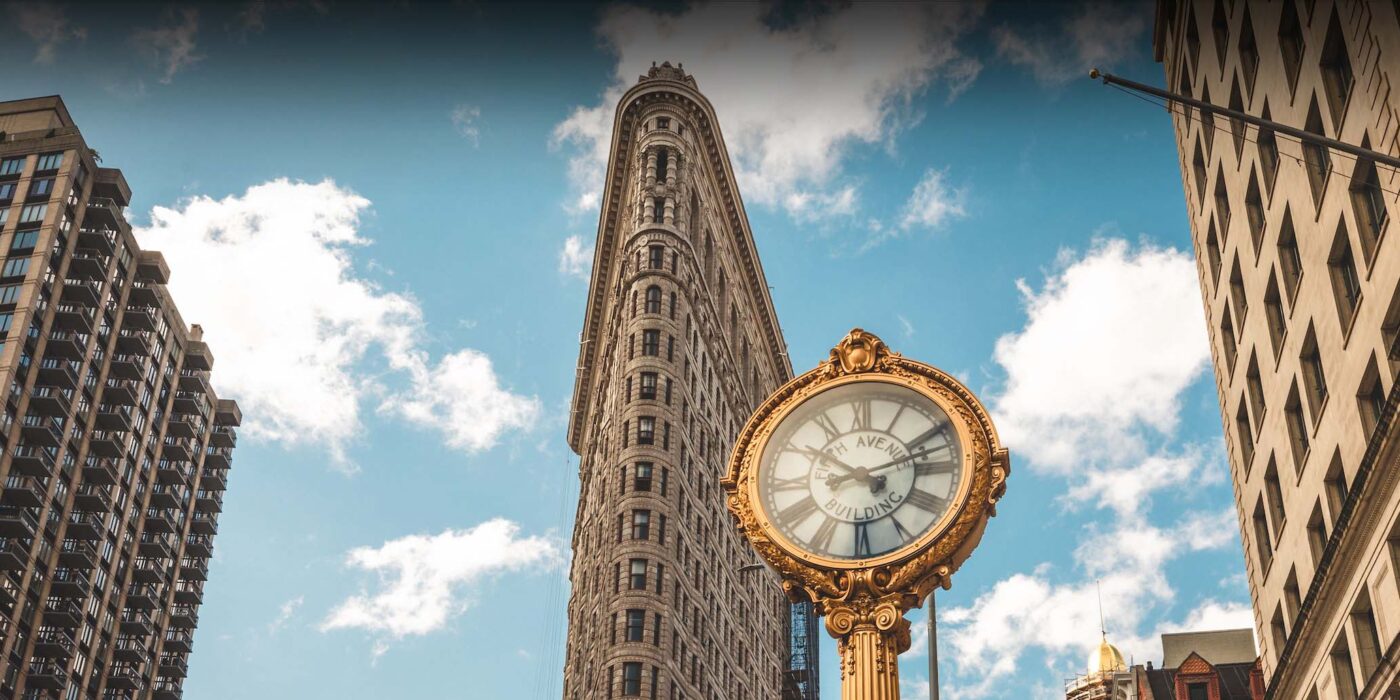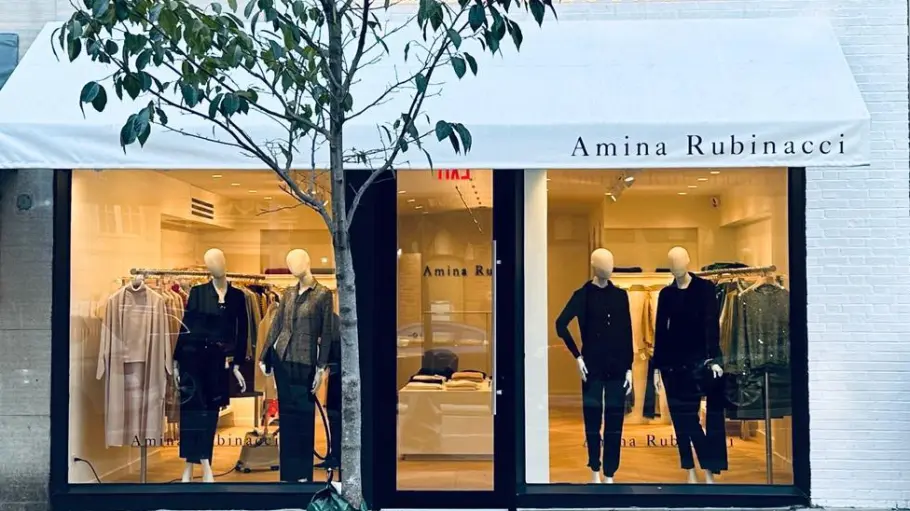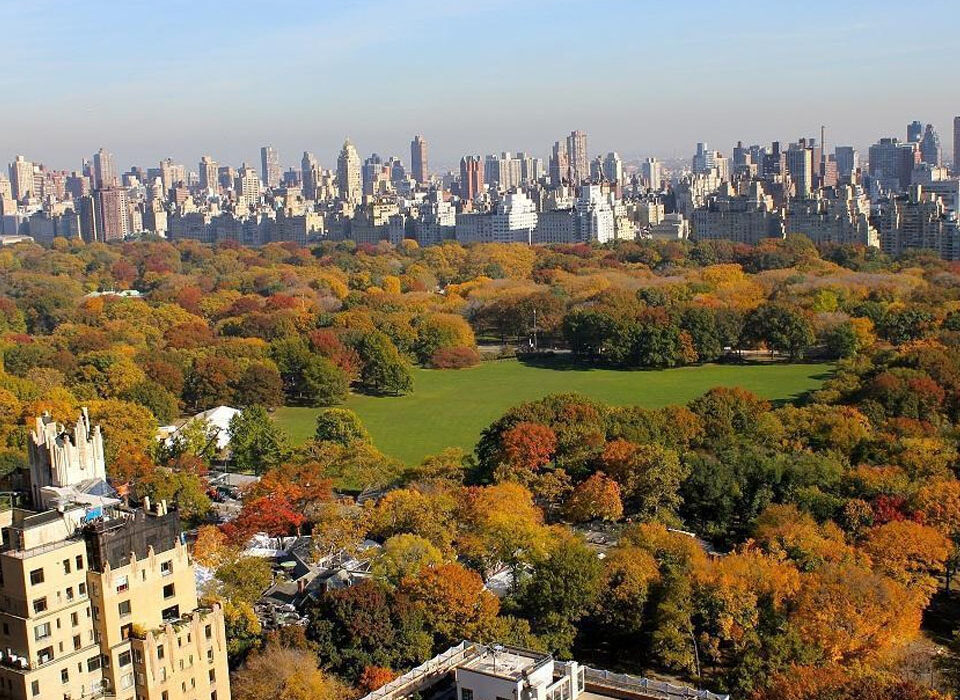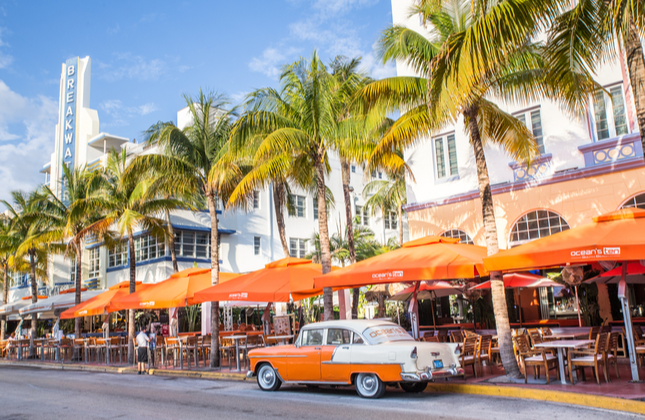Madison Avenue’s Luxury Retail Landscape Faces Seismic Shift
New York City’s iconic Madison Avenue, long synonymous with high-end retail and opulent shopping experiences, is on the brink of a dramatic transformation. The stretch where East Midtown meets the Upper East Side is poised for significant redevelopment, promising to reshape the skyline and redefine the luxury shopping corridor.
Two major office-retail complexes are slated for demolition, making way for mixed-use projects shrouded in mystery. Meanwhile, the future of the former Barneys building, vacant for four years, remains a subject of intense speculation among fashion aficionados and real estate moguls alike.
In a blockbuster move, Related Companies, helmed by CEO Jeff Blau, is set to raze 625 Madison Avenue. The plan? A mixed-use supertall tower potentially soaring over 1,200 feet, featuring luxury condominiums, high-end retail spaces, and possibly a hotel. The nine-month demolition process has already begun, with scaffolding enveloping the property.
Not to be outdone, 655 Madison Avenue is also on the chopping block. The 24-story building, owned by a joint venture including Jamestown and Williams Equity, is destined for a similar fate. Michael T. Cohen, co-principal at Williams, has hinted at a “mixture of retail, hospitality and residential” for the prime location.
These developments have sparked a retail exodus, with notable departures including Marc Jacobs from its prominent corner location at 655 Madison. The designer’s promised relocation to Fifth Avenue remains unconfirmed, adding to the air of uncertainty.
Across the street, the elegant 10-story former Barneys building at 660 Madison Avenue continues to perplex industry insiders. Owner Ben Ashkenazy’s bold claim of an impending $1 billion sale to “one big retailer” has raised eyebrows and, reportedly, frustration among investors.
Despite these upheavals, Matthew Bauer, president of the Madison Avenue Business Improvement District, remains optimistic. He emphasizes the avenue’s unique appeal to a local customer base and sees the new developments as opportunities to enhance the district’s allure. “These new buildings will not only bring new shopping and hospitality venues to the district, they will bring residents who shall be clients for our stores, restaurants, spas, salons and galleries,” Bauer states.
The redevelopment trend extends beyond these flagship locations, with projects like the Giorgio Armani residences at 760 Madison and Naftali Group’s ventures at 1045 and 1165 Madison Avenue setting precedents for luxury mixed-use developments in the area.
While some see challenges, others spot opportunities. An anonymous retail broker notes, “Any time stores close due to new development, it’s good business for other landlords — and for us. The stores have to find somewhere to go, and there are lots of places to go right now.”
As Madison Avenue braces for this seismic shift, the future of New York’s luxury retail landscape hangs in the balance. With billions of dollars in play and the potential for groundbreaking architectural additions to the skyline, all eyes are on this storied stretch of Manhattan real estate. The coming months and years promise to reveal whether these ambitious plans will reinvigorate Madison Avenue’s cachet or fundamentally alter its character in the ever-evolving world of high-end retail and real estate.
Source: New York Post
